RSS

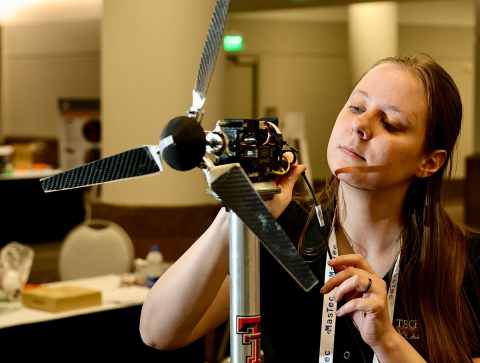
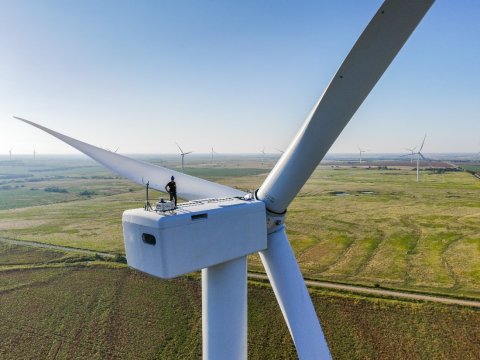
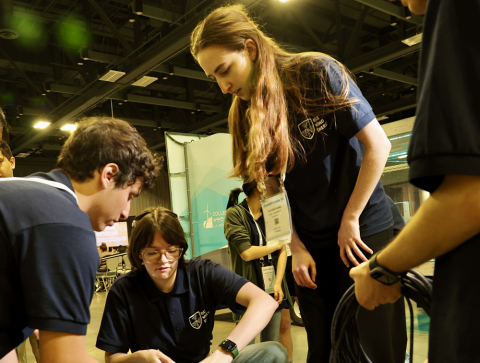
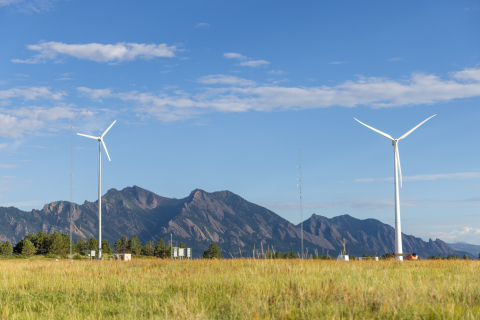
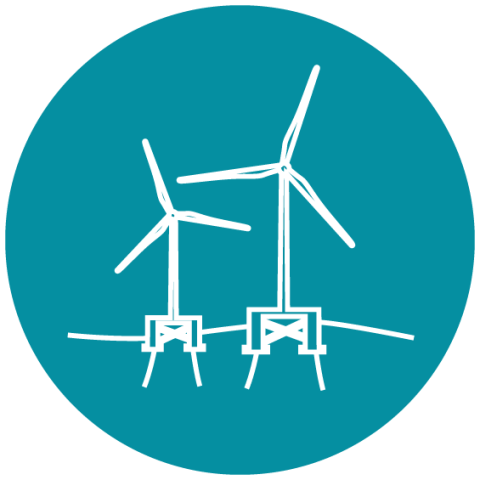
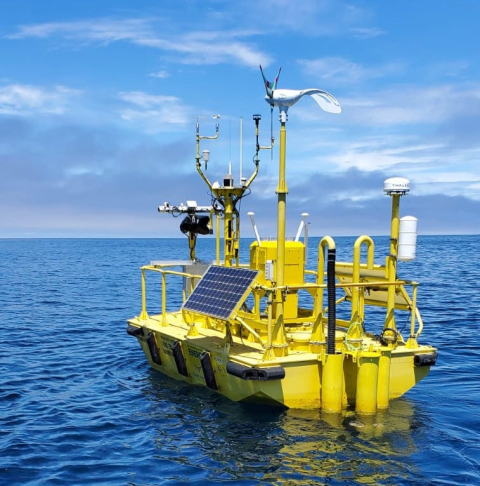
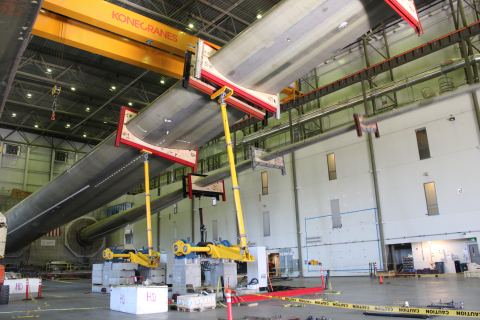
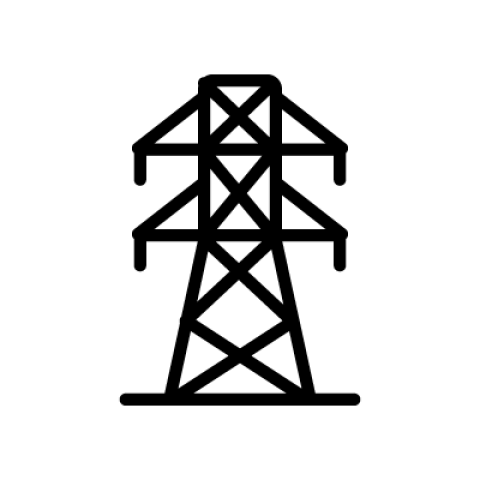

Below are stories about market transformation featured by the U.S. Department of Energy (DOE) Wind Energy Technologies Office.
Subscribe to the WETO E-Newsletter
Subscribe to the WETO e-newsletter to stay informed on the latest wind energy news, events, publications, and updates.

DOE-funded grid-enhancing technologies such as dynamic line rating help utilities safely deliver more power, ensuring a more reliable and cost-effective electric system ready to meet the nation’s growing energy demand.

The 12 finalist teams will compete throughout the spring and present their work during the American Power Association's CLEANPOWER 2025 Conference and Exhibition.

The American WAKE experimeNt (AWAKEN) is compiling the world’s largest and most comprehensive dataset on wind energy atmospheric phenomena, detailing how wind and surrounding air particles interact with wind turbines and wind farms.

During the first half of the 2024–2025 school year, 35 teams will participate in the 2025 Collegiate Wind Competition to design floating offshore wind energy technology.

WETO announced funding for 6 small businesses working to accelerate wind energy Research and Development
The funds will be used advance floating offshore wind through port and vessel innovations, transmission technology, and uncrewed underwater vehicles for environmental monitoring.
This innovative system collects behavioral data for birds and bats in the vicinity of wind turbines to help the wind industry meet monitoring requirements for development of proposed wind farm sites.

Thanks to funding from the Wind Energy Technologies Office, the Massachusetts Renewable Energy Center’s Wind Technology Testing Center (WTTC) is testing next-generation wind turbine blades.

With support from the U.S. Department of Energy’s Wind Energy Technologies Office, the National Renewable Energy Laboratory is helping grid operators and equipment manufacturers successfully adapt to the energy transition using the Grid Impedance Scan Tool.

An Idaho National Laboratory report takes the first comprehensive look at cyberattack risks that could jeopardize U.S. wind energy systems and real-world events that have affected wind energy systems and organizations around the world.

